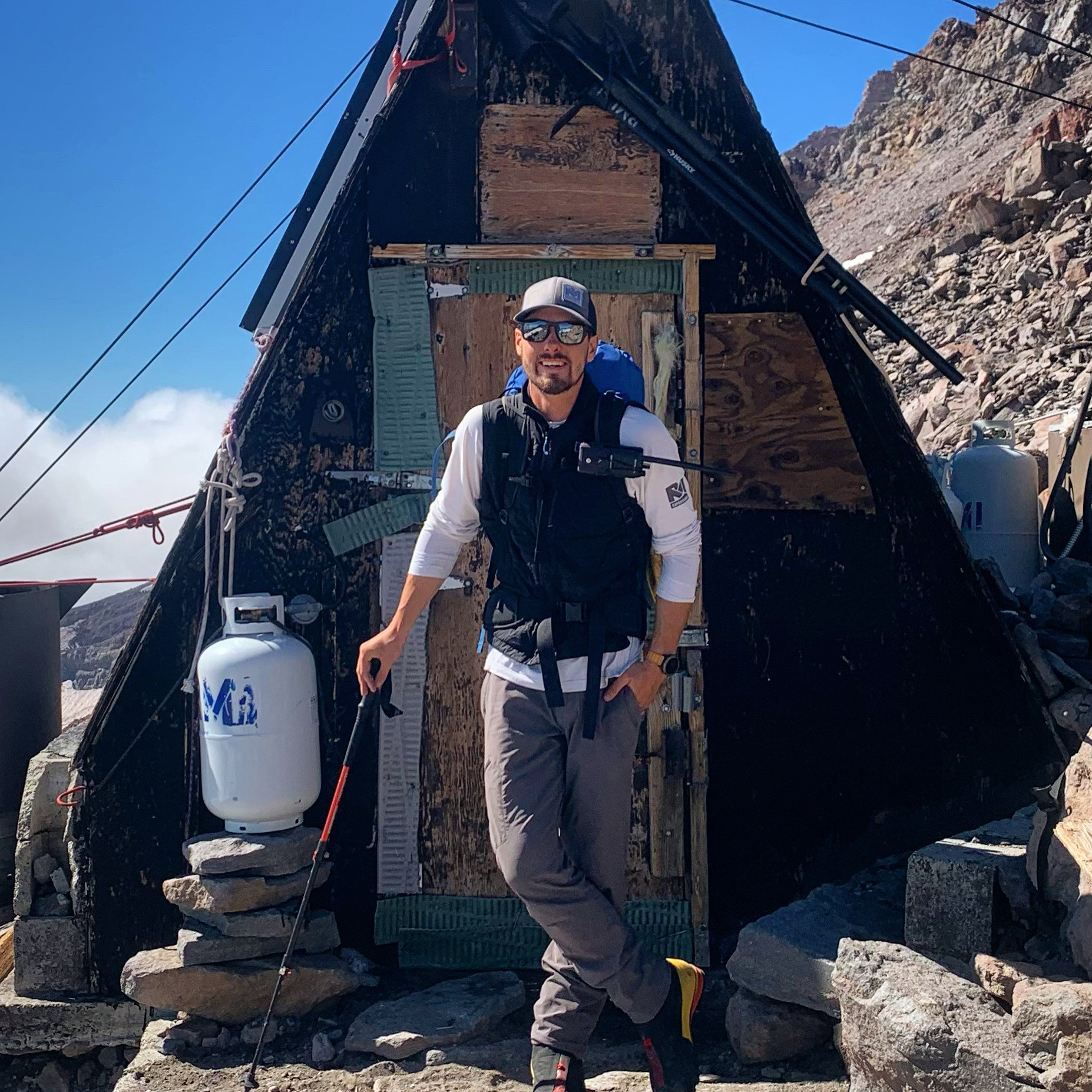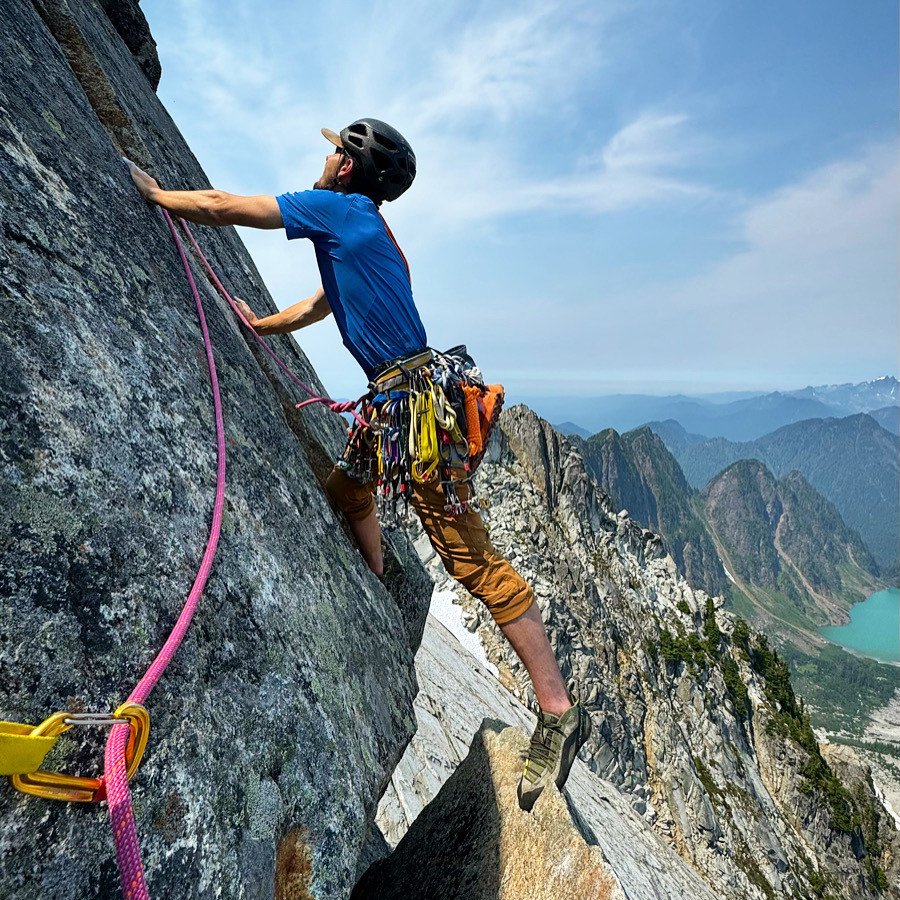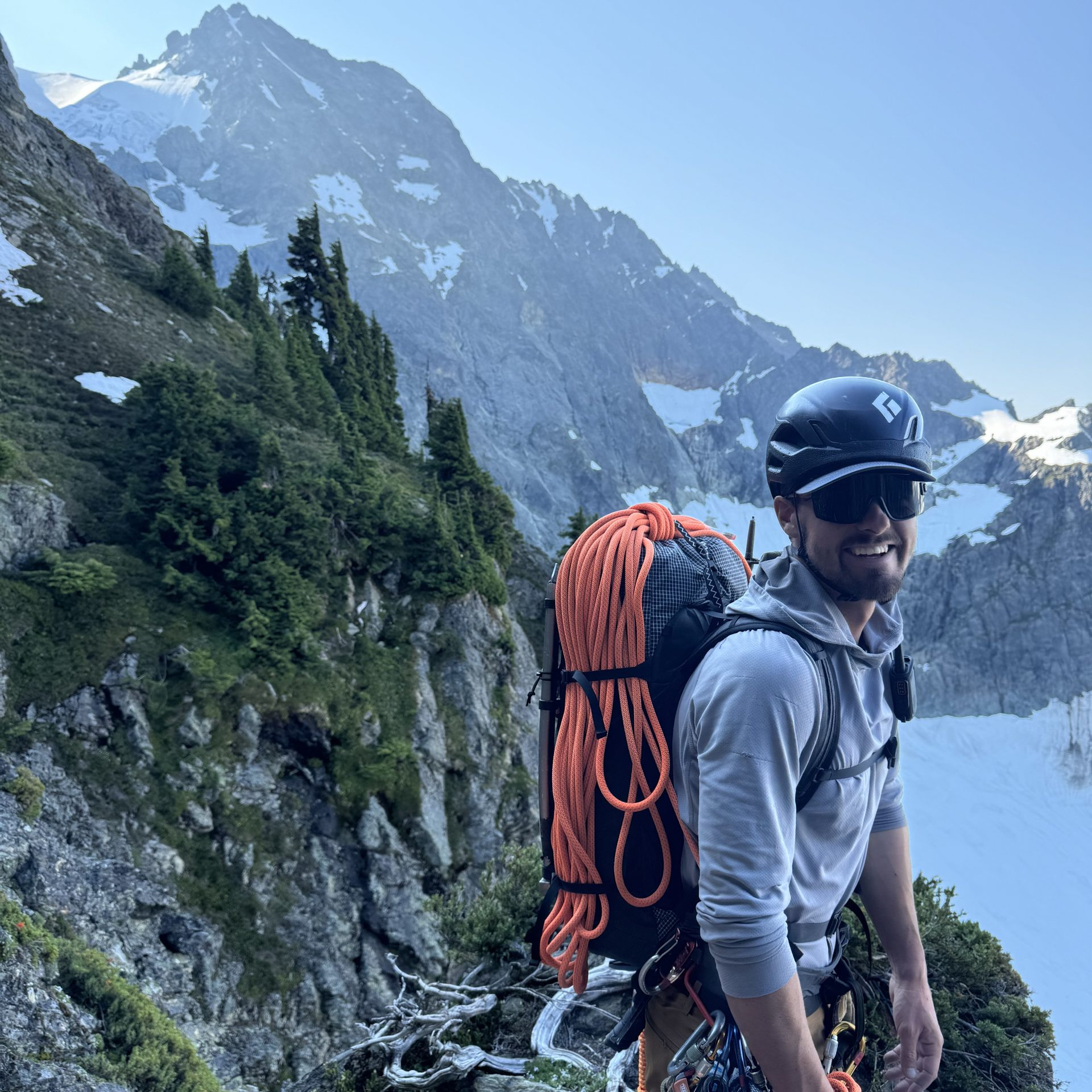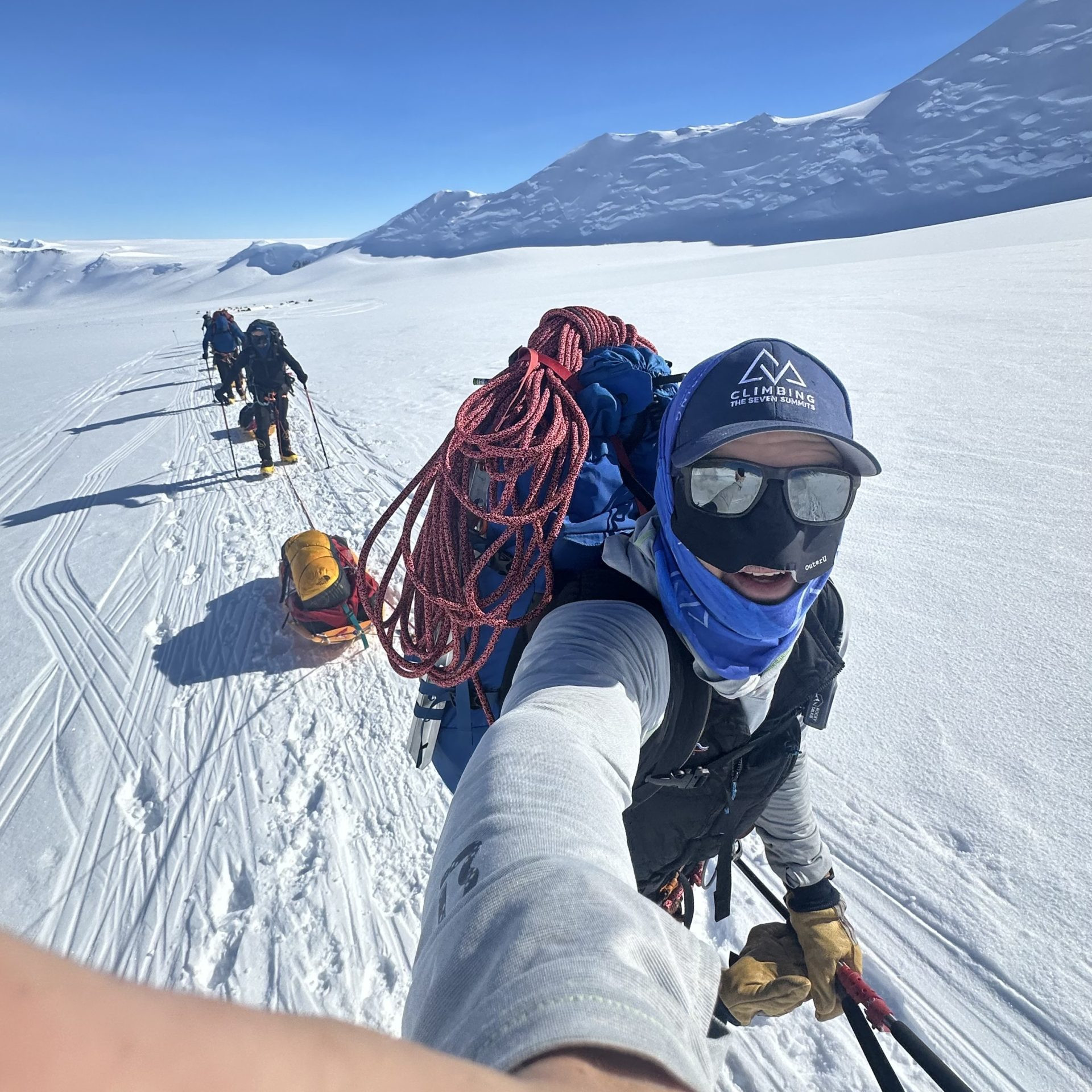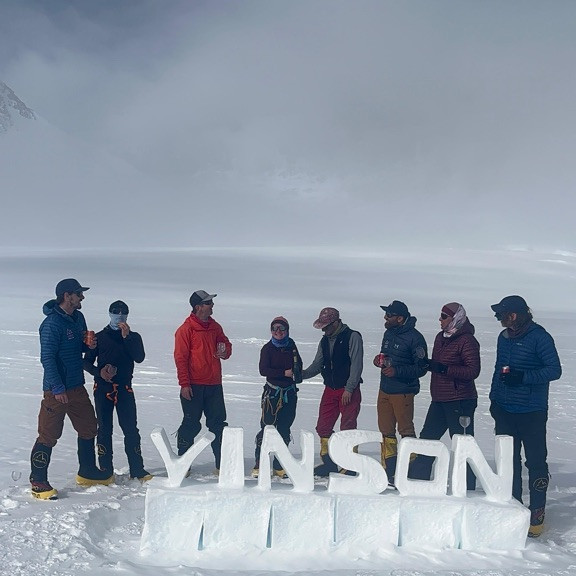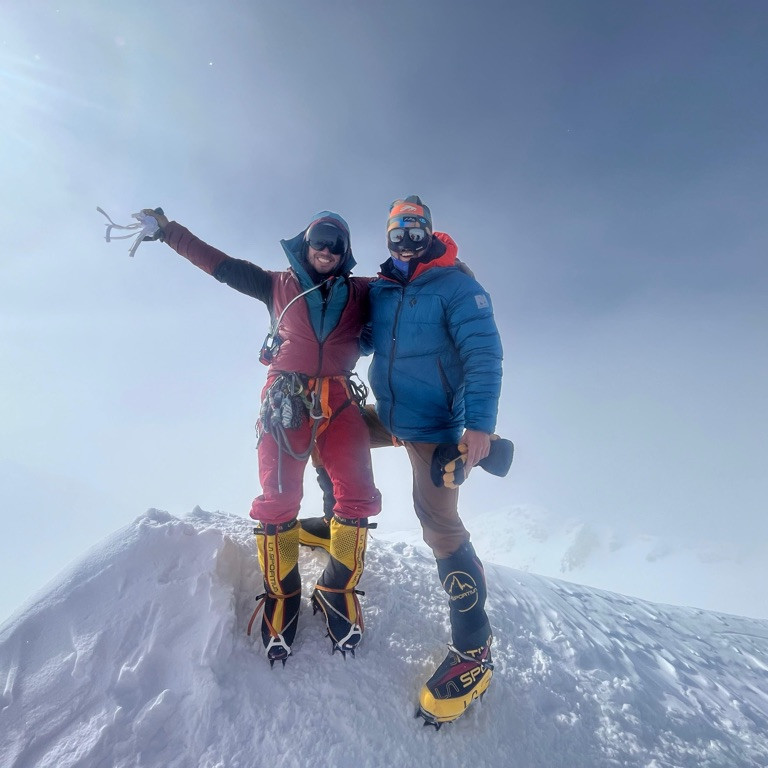Mike Bennett’s Road to Everest
As spring unfolded in the Himalayas, our Western Guided Everest Team made their way toward the world’s highest peak, guided by a team of world-class guides. Among them is Mike Bennett, a U.S. Marine Corps veteran, Leave No Trace Master Educator, and all-around mountain athlete with deep experience across North and South America and Antarctica.
Mike’s journey to Everest didn’t start in the Himalayas. It began in the forests and fields of upstate New York, sharpened through years of military service, and matured on the glaciated peaks of the Pacific Northwest, Alaska, South America, and even Antarctica. Mike is an accomplished guide and mountaineer, having summited Baker, Vinson, and Aconcagua. Although his climbing resume is extensive, his aspirations continue to grow.
Just like many of us, Mike has his own big mountain dreams. We decided to sit down with him before his bucket-list Everest expedition (spoiler alert: Mike did, in fact, successfully summit the world’s tallest peak) to talk about everything from Mount Baker to Aconcagua.
How did your experience in the Marine Corps shape your approach to mountaineering and guiding in the mountains today?
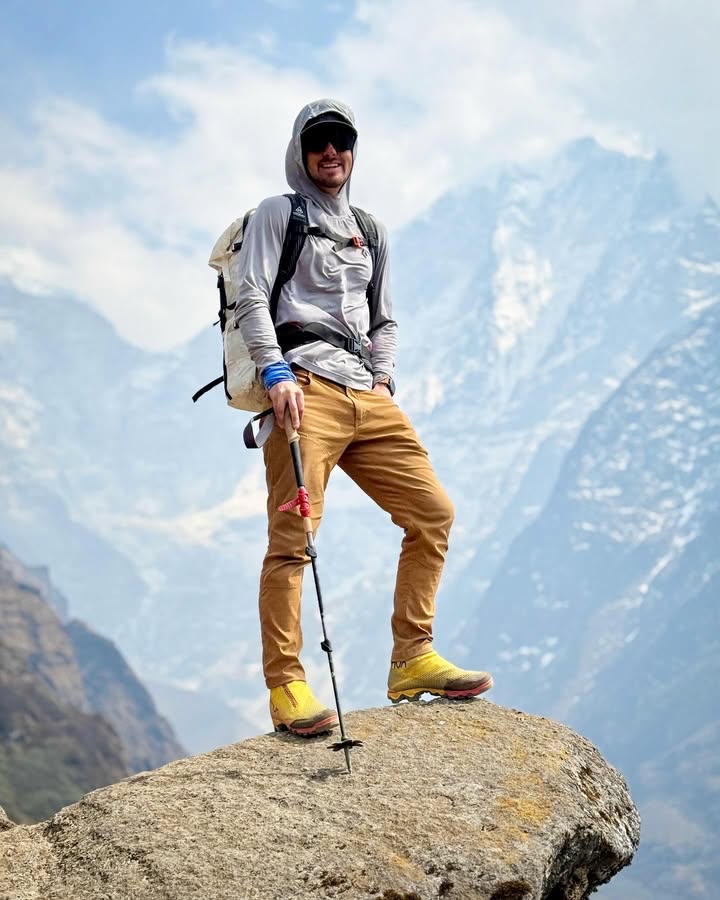
My time in the military has proven to be very valuable for transitioning into the realm of mountain climbing. Many of the qualities and characteristics that make for a solid Marine also make for a fairly hardy mountain climber. I find that my past experience of serving has given me a great tolerance for many of mountaineering’s challenging aspects, allowing me to endure many of the difficulties that are innate to climbing. Although not directly analogous, there is a certain necessity of grit to perform well in both disciplines, something I seem to do fairly well.
Vinson is one of the most remote of the Seven Summits, and you recently guided our first team of the season. Can you share a moment from that expedition that was particularly rewarding?
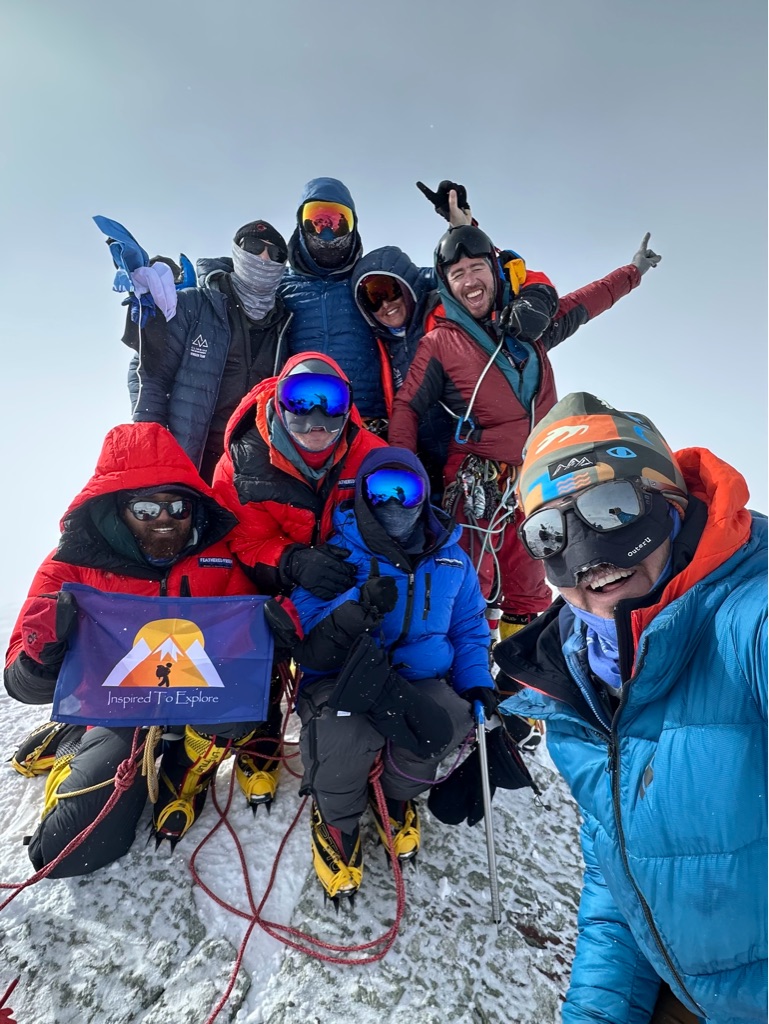
Vinson Massif is a remarkably unique and beautiful landscape that I feel very fortunate to have been able to experience. Climbing in Antarctica adds a level of beauty and intensity to a large undertaking that is expedition climbing. Despite the challenges, Vinson proved to be incredibly rewarding both in natural beauty and climbing experience. As a guide, it was particularly memorable to have the entire team summit on my first expedition. It’s always a great feeling to get folks to the top, but it was even more special to do so on one of the Seven Summits in such a remote and beautiful part of the world.
You’re en route to guide on Everest but just finished guiding on Aconcagua, which is notorious for its extreme weather and heavy load carries. What advice would you give a climber preparing to take on the Stone Sentinel?
For aspiring climbers of any caliber, there is often no better substitute for consistent training in preparation for a big mountain. Aconcagua is a remarkably beautiful, albeit challenging, mountain for any climber and should be respectfully considered when preparing. The more you prepare physically and mentally for such an undertaking, the more you can hedge your bets on things going well. Long days out on the trails, lots of vert with heavy loads, and consistent and often high-intensity cardio do the trick for performing well in the mountains. The gym is also a wonderful tool for building strength and fitness, although there is little substitute for just more time spent moving in the backcountry.
For anyone interested in climbing a big mountain such as Aconcagua, they should put a big emphasis on gaining as much outdoor and climbing experience as possible, especially during challenging conditions. There’s a lot to be said for having some mental toughness to fall back on when you inevitably experience harsh conditions in the mountains.
In most cases, we as climbers need to feel what cold, tired, and wet really are to understand when things are uncomfortable versus dangerous. The more you can push yourself in controlled environments back home or local mountains, the easier it is to draw upon that experience when you’re climbing on big extended trips, such as Aconcagua. Get outside and get uncomfortable; it could really make a difference in your success and, potentially, your safety later on in your climbing career.
Your climbing resume is packed with summits in the Pacific Northwest. How do climbs on peaks like Baker, Rainier, and Shuksan help climbers build the skills and experience needed for high-altitude objectives like Vinson and Aconcagua?
The PNW is arguably one of the best training grounds in the world for aspiring mountain climbers. The density and diversity of terrain that exists all within close proximity to many major cities make it a premier location to build one’s climbing resume. Spending time on peaks such as Mount Baker and Rainier, as well as logging time in the North Cascades, is a sure way to develop the key skills needed to be successful on any of the major summits around the globe. The more competent and more comfortable you feel with the basic fundamentals of climbing, the easier it will be for you to focus on the other challenges that come with climbing big peaks like Vinson, Aconcagua, or even Mount Everest. I’d encourage anyone with high-altitude aspirations to begin with training and climbing in the Pacific Northwest.
Editor’s Note: If you want to climb with Mike this summer in the Pacific Northwest, join him on our 5-Day Mount Baker Alpine Academy (availability is limited – book now to secure your spot).
As a Leave No Trace Master Educator, how do you see sustainable practices shaping the future of mountaineering, and why is it crucial for the entire climbing community to take part?
Stewardship often falls closely in hand with mountain climbing, and I believe the more time you spend in the outdoors, the more appreciation you have for the strict use of Leave No Trace practices. The beauty and spectacle that these expeditions offer should be regarded as a resource worthy of protection and thus require good outdoor practices to maintain. It’s imperative not to regard yourself as an exception when in the outdoors; adhering to good LNT practices is key to ensuring decades of future climbing.
Mountaineering is as much about teamwork as personal and mental strength. How do you foster camaraderie and trust within your climbing teams?
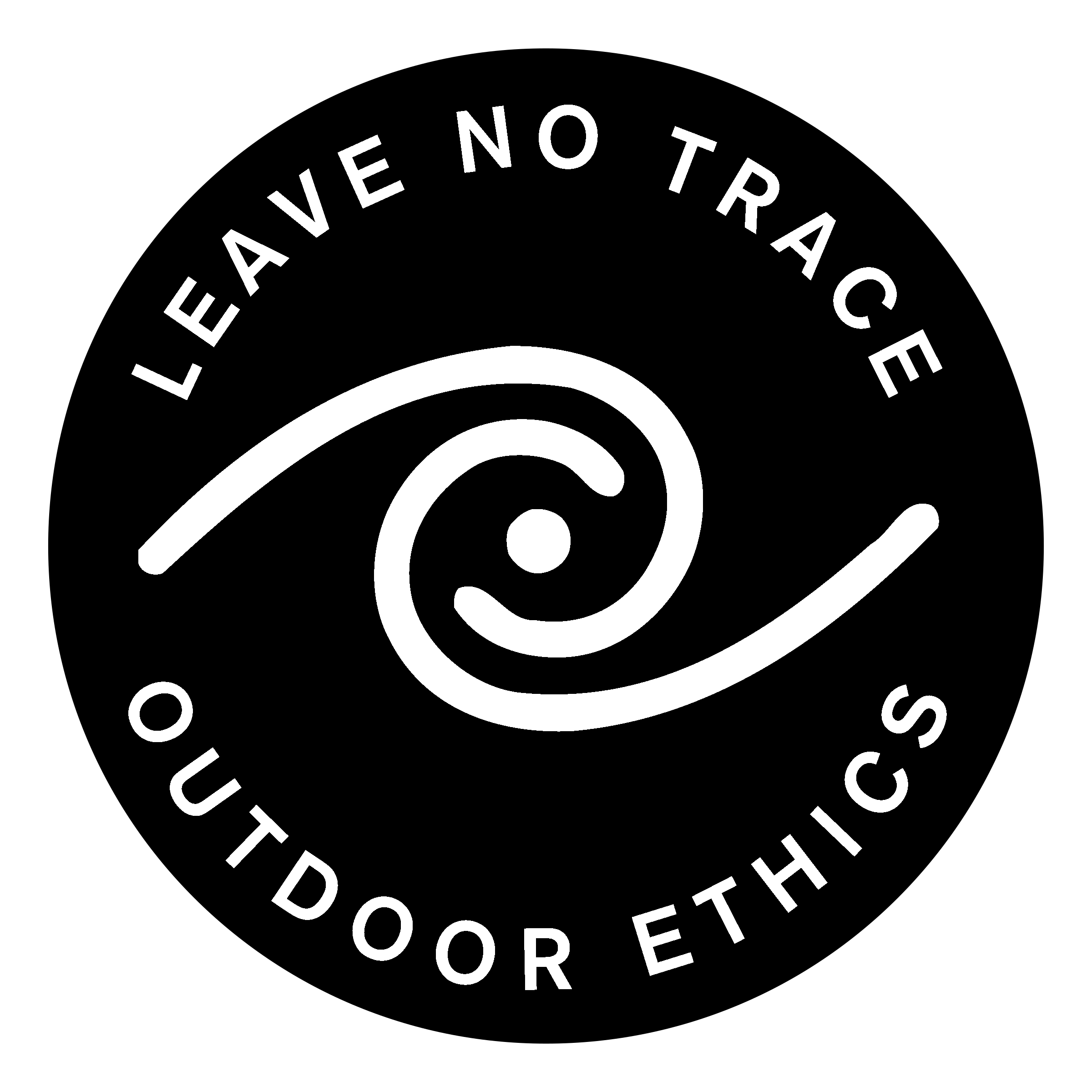
The success of most climbs builds on the pillars of teamwork and camaraderie, as they are often the biggest factors in the success of any expedition. Climbing in itself is an inherently team-based activity, requiring members to work well to support one another in achieving their goals. The safety and even the enjoyment of a trip is dependent on investing a lot of effort into unifying a group. This is often achieved by setting clear expectations and parameters for a trip, communicating heavily and often to ensure everyone is understanding, and helping to boost morale when it inevitably falters after many long days on a mountain.
You served in the Marine Corps for 5 years. What real, tangible advice would you give to other veterans who are looking to jump into the world of mountaineering?
Being a veteran, in most cases, gives you a real advantage in the world of mountaineering. Inherently, you have already developed a work ethic, strong discipline, and a high threshold for discomfort, all attributes of a great mountaineer. My advice would be to use the skills you’ve already developed to your advantage when dealing with difficult conditions or when learning how to climb well together. Moreover, the mountains are often very unpredictable and require a flexible and loose mentality to deal with the uncertainty. This is something veterans should also be pretty familiar with and may find it easier to adapt to than folks from a more traditional background. Overall, I have found the art of climbing to be very therapeutic and purposeful, and I encourage anyone with a military background to look to the outdoors for their next adventure; they may find they are already very well suited for it.
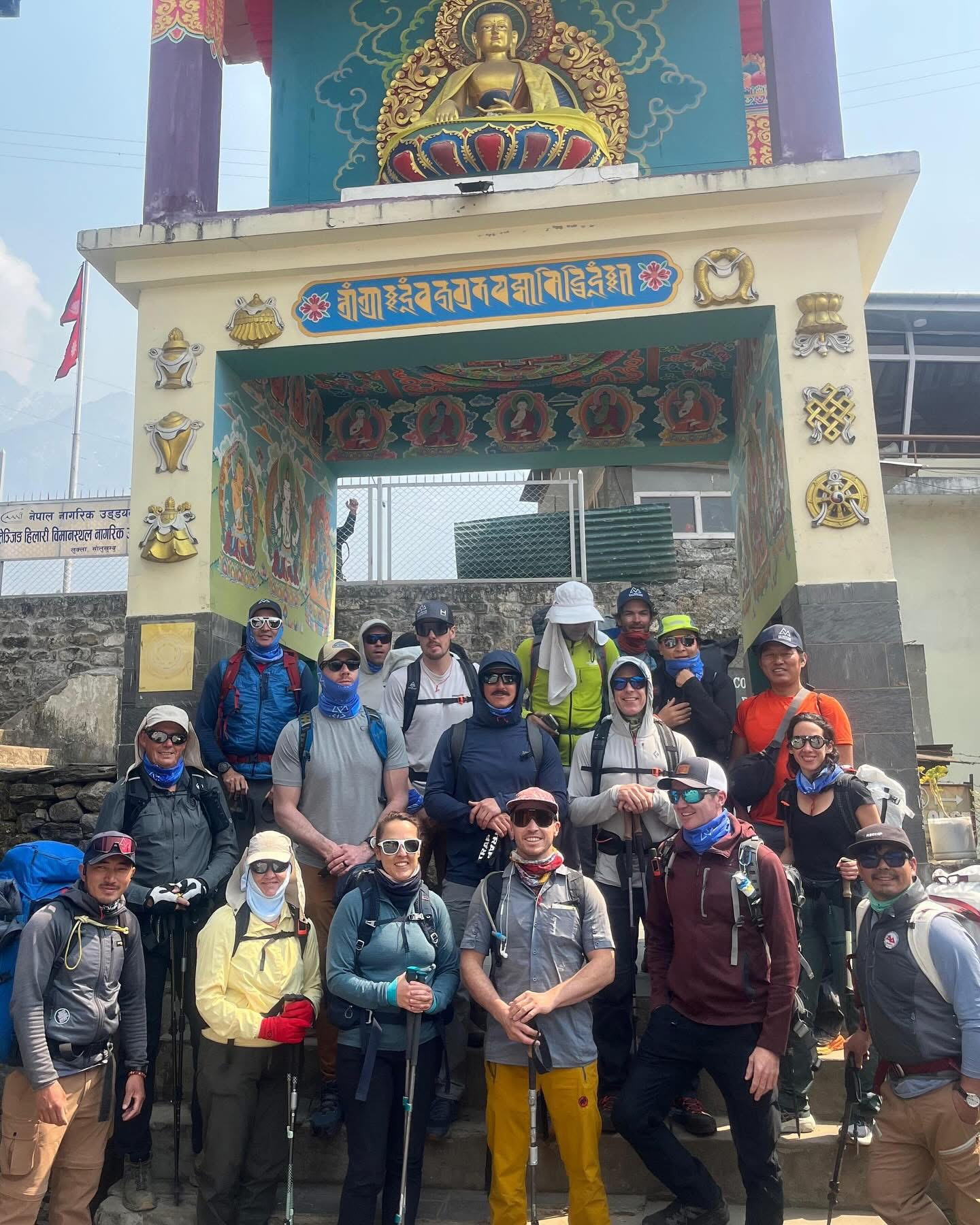
What climb or expedition is still on your bucket list, and what draws you to that particular objective?
For myself, I’ve always approached climbing very systematically; one climb often makes me feel a bit more prepared and worthy of another. I also think I have a natural attraction to lists and projects. There’s a great satisfaction that comes with climbing a certain list of peaks or hitting a new grade on a climb. Personally, I’m very excited to climb in the high altitudes of the Himalayas; it’s a region that holds a sense of classic wonder and novelty to how I perceive climbing. I think climbing on big peaks like Ama Dablam or Mount Everest would be a great way to measure my progression as a climber while accessing and experiencing some of the most iconic and beautiful landscapes the climbing world has come to recognize.
Mike approaches climbing the way he approaches guiding—with humility, intention, and a deep respect for the process. One climb leads to the next. Skills stack. Experience builds. And the summit, whatever it may be, becomes something earned.
Update: Everest, Achieved
Since this story was first published, we are proud to share that Mike has stood on the summit of Mount Everest—reaching a major milestone in both his climbing journey and guiding career. He described the experience as extraordinary and expressed deep gratitude for the opportunity to be part of such an iconic expedition. We want to express our appreciation to Mike for all his hard work on Vinson, Everest, and soon, Mount Baker.
How did it feel standing on the summit of the world’s tallest peak, knowing you had just ticked off something from your bucket list?
It goes without saying, I think, that standing on the summit of Mount Everest is quite a remarkable moment. In the many ways you might imagine, it feels like a big exclamation point on a long expedition and in many ways a long life journey. For myself, and probably most others, I’ve thought about climbing that mountain for most of my adult life, so getting to the top is quite a special thing.
Regardless, I don’t think I view Everest so much as a box to tick or a moment to have and move on from. I think, and I really hope, my relationship with Everest will be ongoing and continuous; a big chapter of my life to be had. Moments like these, like standing on the tallest mountain in the world, in my opinion, don’t really unlock a level of enlightenment or some existential awakening like a flick of a switch, as one might imagine or hope. But I do believe they change you and they shape you, just a bit more slowly… and in the long term I think you become a much different person and a much different climber.
All in all, Everest is a very challenging and amazingly beautiful mountain, one in which I hope to continue to dance with for quite some time.
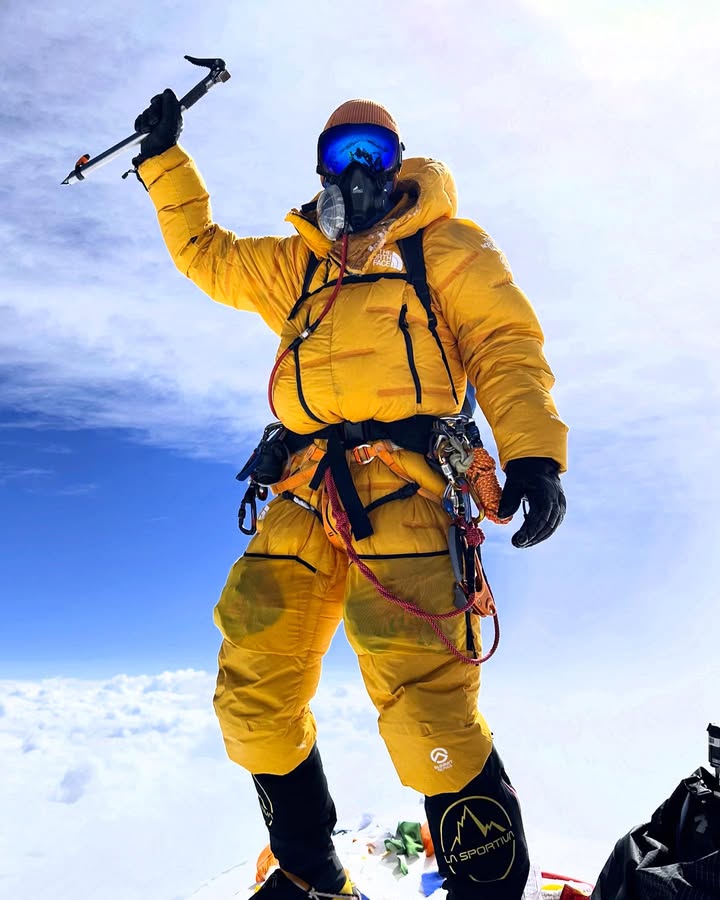
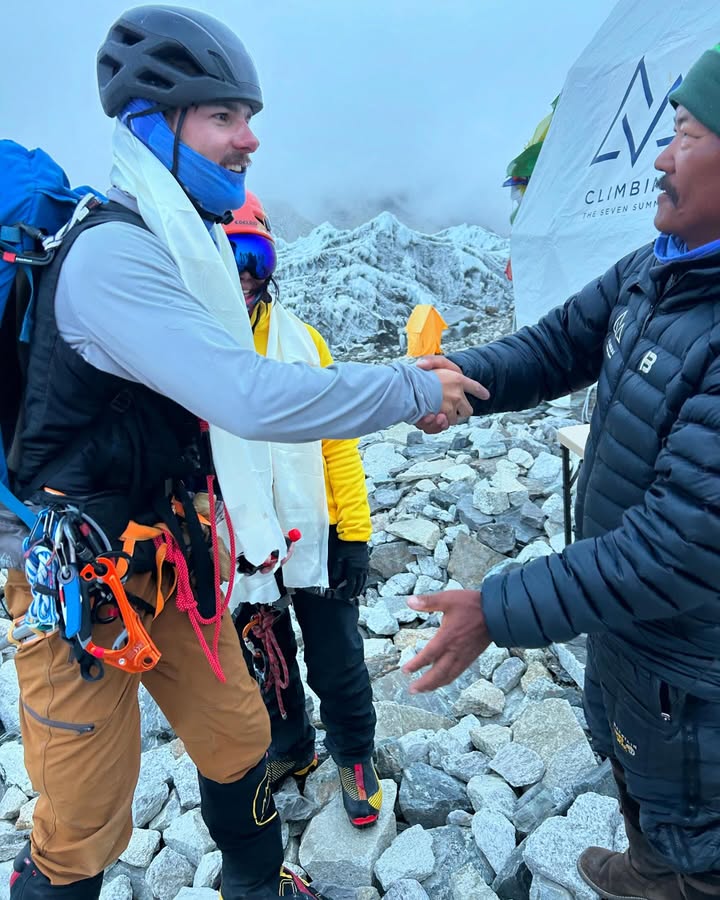
The mountains teach us something every time we show up. What’s one thing you learned or felt humbled by as a guide and climber on Everest this year?
For me, Everest was the longest climbing expedition I’ve ever been a part of. In many ways, the slow, long climb really beats you up and degrades you over time. It’s challenging to stay focused and retain the drive you had when you stepped off from home. I think in a lot of ways that’s the hardest part of Himalayan climbing. It’s a very rewarding and fulfilling process, but by no means are those mountains you can just trot up.
You might have caught this above: You can learn alongside Mike during our Mount Baker Alpine Academy. Whether you’re dreaming of Vinson, Aconcagua, or if you’re just starting out, Mount Baker is the perfect place to find your footing in the mountaineering world.
